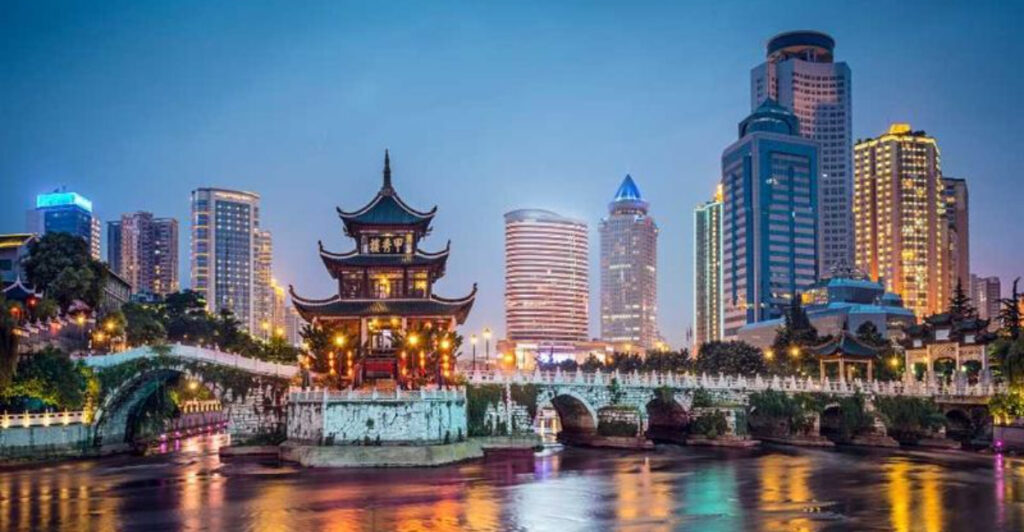Your American passport used to open doors around the world, but times have changed dramatically. Political tensions, security concerns, and diplomatic disputes have made certain destinations either completely off-limits or extremely difficult for U.S. citizens to visit. From outright bans to complicated visa processes and safety warnings, these countries present serious challenges for American travelers seeking adventure abroad.
1. North Korea
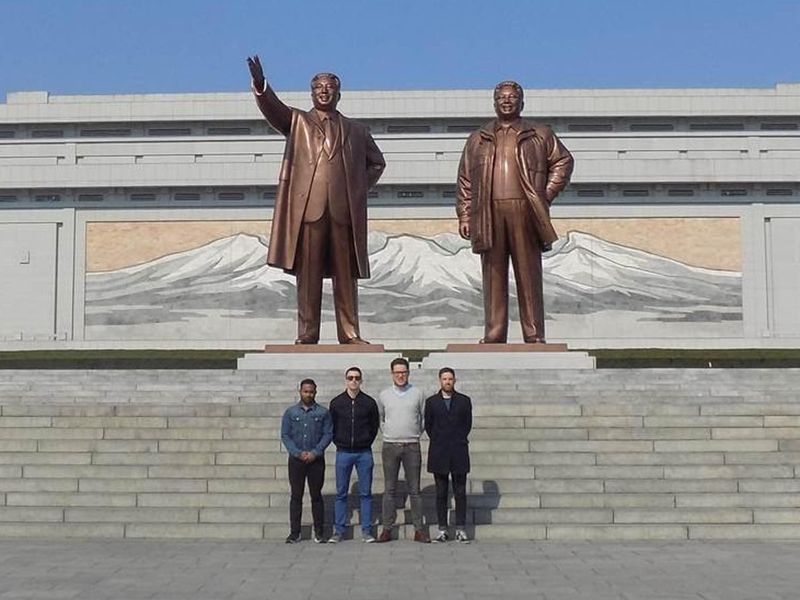
Picture this: a country so closed off that your blue passport becomes practically worthless at their borders. North Korea implemented strict bans on U.S. passports in 2017 following several high-profile political incidents that strained relations even further.
American tourists can only visit through tightly controlled tours that are rarely approved by authorities. Every movement gets monitored, every conversation gets supervised, and spontaneous exploration remains completely forbidden.
The hermit kingdom maintains these restrictions as diplomatic tensions continue escalating between Washington and Pyongyang, making casual tourism virtually impossible for curious Americans.
2. Iran
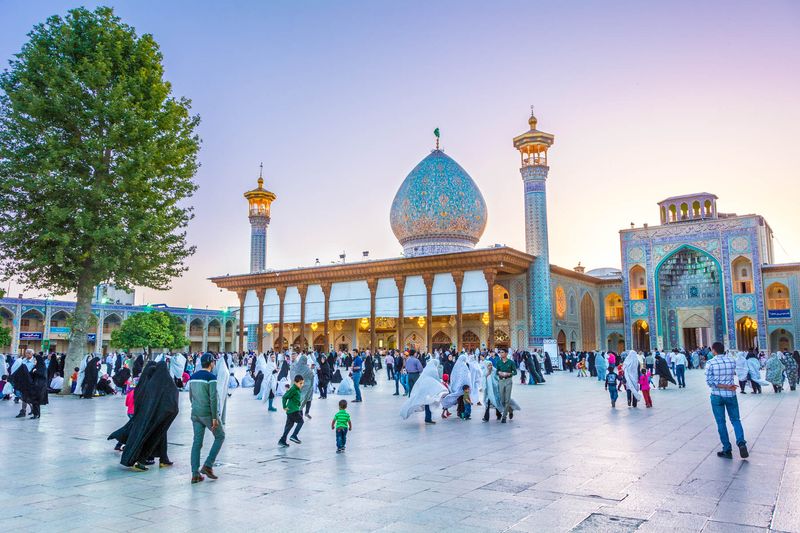
Mutual distrust runs deep between Tehran and Washington, creating a complex web of restrictions for American visitors. U.S. sanctions complicate travel arrangements, while Iranian authorities require government-appointed minders to shadow American tourists throughout their stay.
Americans can technically visit Iran, but heavy restrictions and legitimate security concerns make the experience far from relaxing. Every hotel booking, restaurant visit, and sightseeing trip gets pre-approved and monitored by officials.
Cultural sites like Persepolis remain stunning, but the constant surveillance and political tensions transform what should be enjoyable exploration into a carefully choreographed diplomatic dance.
3. Russia
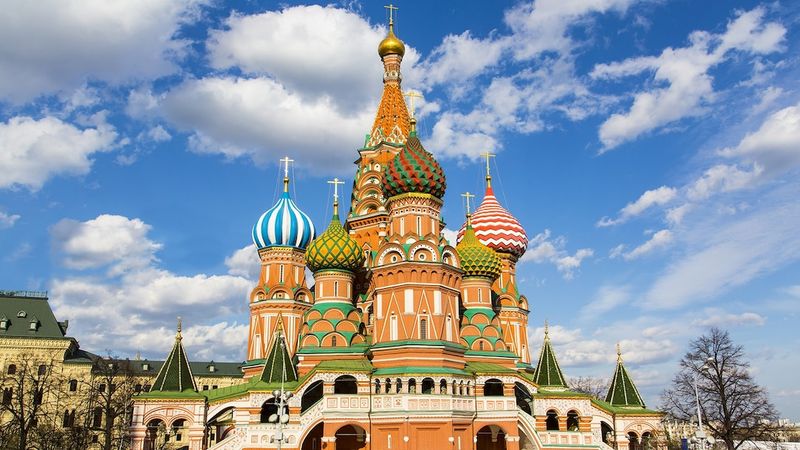
The war in Ukraine shattered any remaining tourism hopes between America and Russia. Diplomatic relations hit rock bottom, prompting Moscow to implement retaliatory visa restrictions that make travel incredibly complicated and risky for U.S. citizens.
While Americans can still technically obtain visas, the U.S. government strongly advises against all travel to Russia. Embassy services remain limited, and detained Americans face serious challenges getting consular assistance.
Red Square and the Hermitage might beckon history buffs, but current geopolitical realities make Russian adventures extremely inadvisable for American passport holders seeking safe international experiences.
4. Venezuela
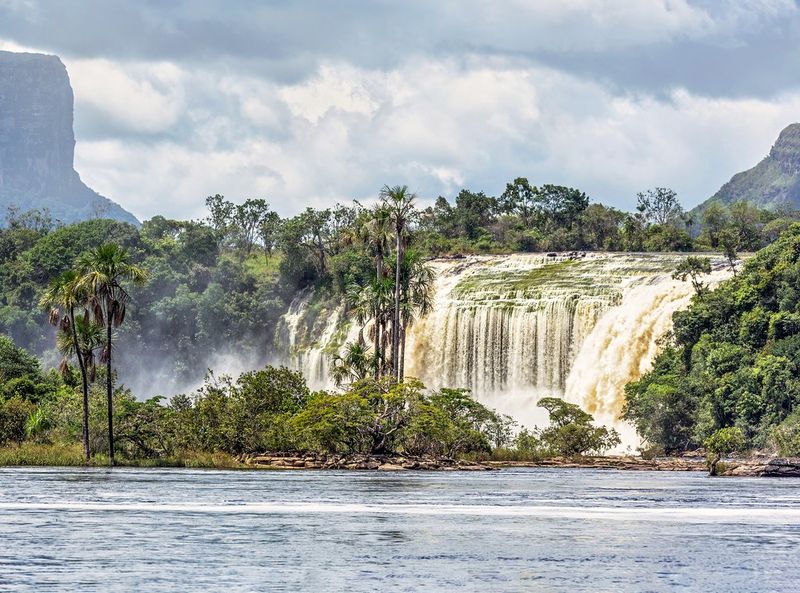
Political chaos and economic collapse transformed Venezuela from a potential tourist destination into a cautionary tale for American travelers. Anti-U.S. sentiment runs high among government officials, while widespread crime makes personal safety a constant concern.
Americans can technically enter Venezuela, but the State Department strongly discourages all travel there. Basic services like reliable electricity, clean water, and medical care remain scarce throughout much of the country.
Angel Falls might be breathtaking, but hyperinflation, food shortages, and political instability create an environment where even experienced travelers struggle to stay safe and comfortable during visits.
5. Cuba
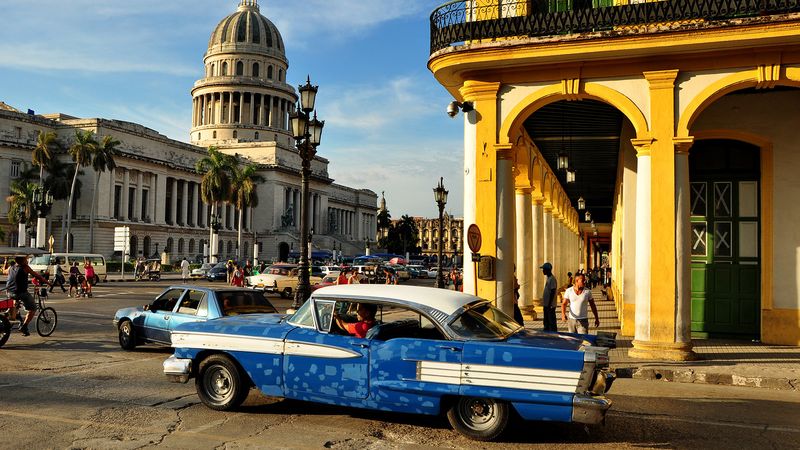
Remember when Obama loosened Cuba travel rules? Those days ended abruptly as subsequent administrations tightened restrictions again, eliminating the brief window of easier access for American tourists seeking Caribbean adventures.
Americans can only visit Cuba under specific approved categories like educational exchanges or family visits. Beach vacations and casual tourism remain strictly prohibited under current U.S. law, not Cuban restrictions.
Havana’s vintage cars and colonial architecture still charm visitors, but navigating the complex legal requirements for legitimate travel categories makes spontaneous Cuban getaways impossible for most American passport holders.
6. China
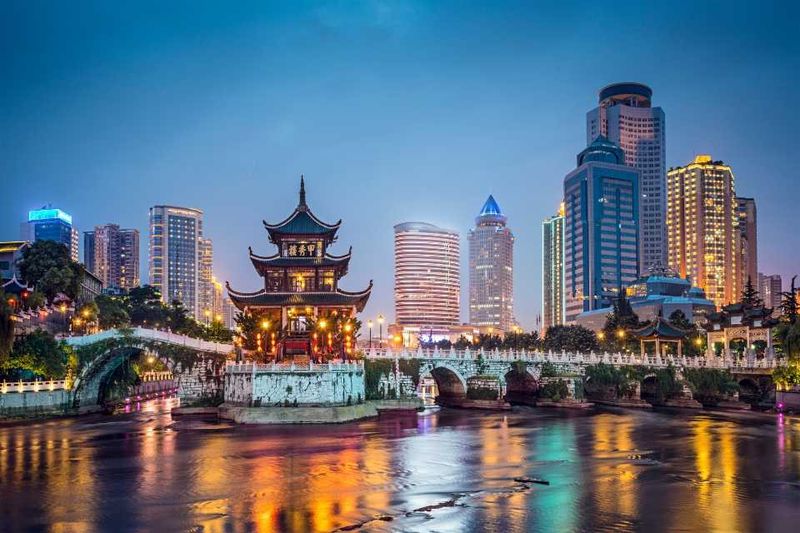
Rising tensions between Beijing and Washington transformed China from a welcoming destination into a surveillance state where American visitors face constant scrutiny. Trade wars and political disputes created an atmosphere of mutual suspicion.
Americans can still obtain Chinese visas, but expect extensive background checks, detailed itinerary requirements, and heightened monitoring throughout your stay. Digital privacy becomes virtually nonexistent once you cross their borders.
The Great Wall remains magnificent, but concerns about arbitrary detention, restricted internet access, and government surveillance make many American travelers reconsider whether Chinese adventures are worth the potential risks involved.
7. Saudi Arabia (Until Recently)

For decades, Saudi Arabia remained virtually closed to American tourists, with visas limited to business travelers and religious pilgrims visiting Mecca. The kingdom’s ultra-conservative policies and human rights record kept casual visitors away.
Recent reforms opened Saudi borders to tourism, but cultural clashes still create uncomfortable situations for American visitors. Women face dress code requirements, while alcohol remains completely banned throughout the country.
Ancient Nabatean ruins at AlUla offer incredible historical experiences, but navigating strict social customs and adapting to conservative Islamic law requires careful preparation from American tourists expecting more liberal travel environments.
8. Bhutan

Bhutan doesn’t hate Americans specifically, but their unique tourism model makes visits prohibitively expensive for most U.S. travelers. The kingdom limits all foreign tourists through mandatory daily fees exceeding $200 per person.
This “high value, low impact” policy preserves Bhutan’s pristine environment and culture while generating substantial revenue from wealthy visitors. Americans must book through approved tour operators and pay substantial upfront costs.
The Last Shangri-La offers incredible mountain scenery and Buddhist monasteries, but Bhutan’s deliberate exclusivity makes it accessible only to American travelers with deep pockets and flexible schedules for guided experiences.
9. Syria
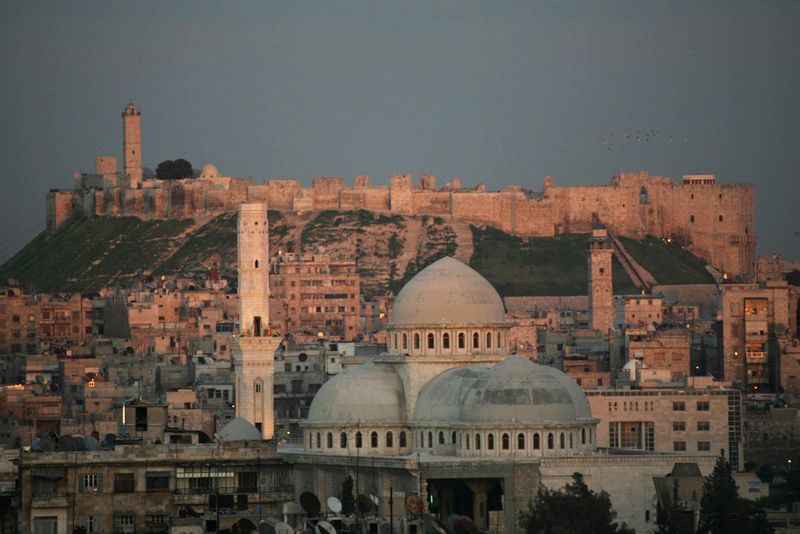
War transformed Syria from a historically rich destination into an absolute no-go zone for American travelers. Active conflict zones, terrorist groups, and government instability make civilian travel virtually impossible and extremely dangerous.
The U.S. State Department maintains its strongest “Do Not Travel” warning for Syria, while most airlines suspended service to Damascus years ago. Embassy services remain suspended, leaving Americans without consular support.
Ancient Aleppo and Damascus once attracted history enthusiasts, but ongoing warfare, kidnapping risks, and infrastructure collapse make Syrian travel completely inadvisable for American passport holders seeking safe international experiences.
10. Afghanistan
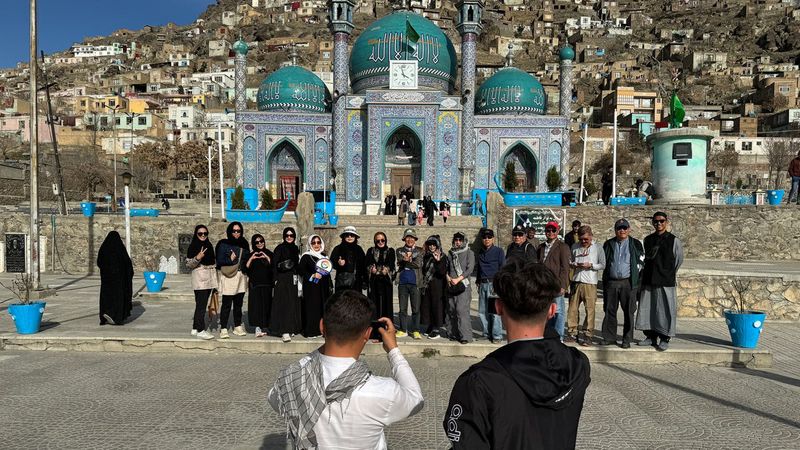
Taliban rule returned Afghanistan to international isolation, making American travel effectively impossible and extremely dangerous. Western visitors face kidnapping, detention, and violence from various militant groups operating throughout the country.
No commercial flights connect America to Afghanistan, while overland routes remain equally perilous. The U.S. maintains no diplomatic presence there, leaving American citizens without any official support or protection.
Afghanistan’s stunning mountain landscapes and ancient Buddhist sites remain inaccessible to curious American travelers. Current security conditions make even humanitarian workers targets, rendering tourism completely out of the question for civilians.
11. Yemen
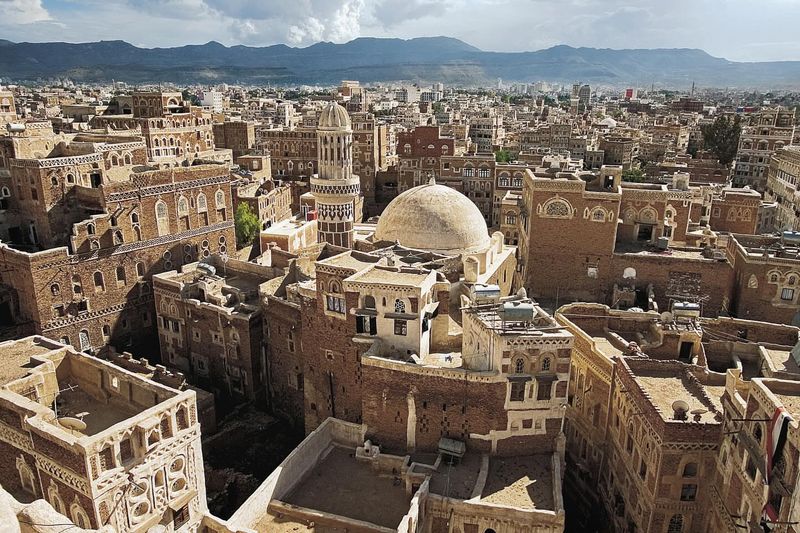
Active warfare transformed Yemen into one of the world’s most dangerous destinations for any traveler, especially Americans. Kidnappings target Westerners regularly, while basic tourism infrastructure has completely collapsed during years of conflict.
Saudi-led airstrikes, Houthi rebel activities, and Al-Qaeda presence create multiple layers of danger throughout the country. Humanitarian organizations struggle to operate safely, making casual tourism absolutely impossible.
Ancient Sana’a’s unique architecture and Socotra Island’s bizarre plants once attracted adventurous visitors, but ongoing civil war makes Yemen completely off-limits for American passport holders seeking any semblance of safe travel.
12. Libya
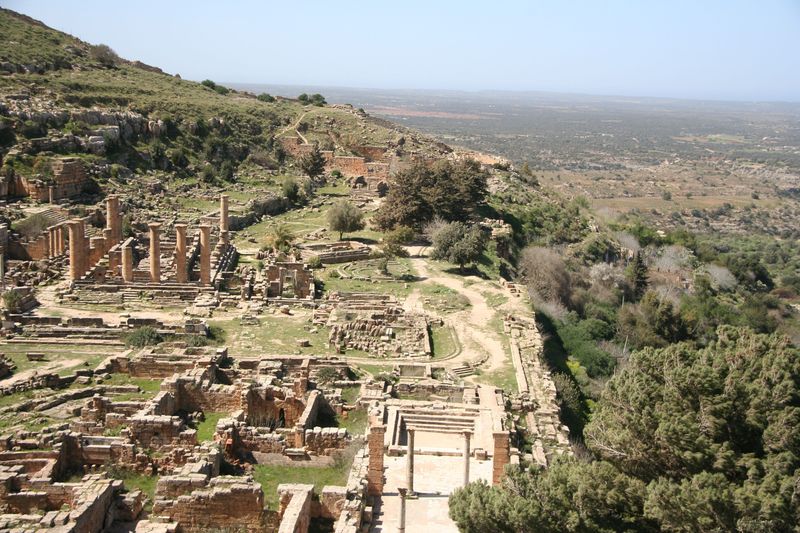
Political chaos following Gaddafi’s overthrow left Libya fragmented between competing governments and armed militias. American travelers face kidnapping, terrorism, and arbitrary detention from various groups controlling different territories.
No functioning central authority means visa processes remain unclear, while security conditions change rapidly across regions. Western embassies operate with skeleton staffs or remain completely closed to civilian services.
Roman ruins at Leptis Magna and Saharan landscapes once attracted archaeological enthusiasts, but ongoing instability makes Libyan travel extremely hazardous for American citizens seeking predictable, safe international experiences.
13. Turkmenistan

Extreme visa restrictions and Soviet-style bureaucracy make Turkmenistan nearly impossible for American tourists to visit independently. The authoritarian government maintains tight control over all foreign visitors through mandatory guided tours.
Visa applications require extensive documentation, government approvals, and pre-arranged itineraries through state-approved tour operators. Independent travel remains strictly forbidden, while photography restrictions limit documentation of your expensive visit.
The bizarre “Door to Hell” gas crater and golden monuments to former dictators offer unique experiences, but Turkmenistan’s paranoid isolation makes casual American tourism practically impossible without significant planning and expense.
14. Eritrea

Africa’s North Korea requires mandatory military escorts for all foreign tourists, making independent exploration impossible for American visitors. The authoritarian regime maintains paranoid control over every aspect of foreign travel within their borders.
Americans can technically obtain visas, but government minders monitor every conversation, photograph, and interaction with locals. Internet access remains heavily restricted, while currency controls complicate basic transactions for visitors.
Red Sea diving and ancient archaeological sites offer potential attractions, but Eritrea’s oppressive surveillance state makes the travel experience uncomfortable and highly controlled for American passport holders expecting normal tourism freedoms.
15. Sudan
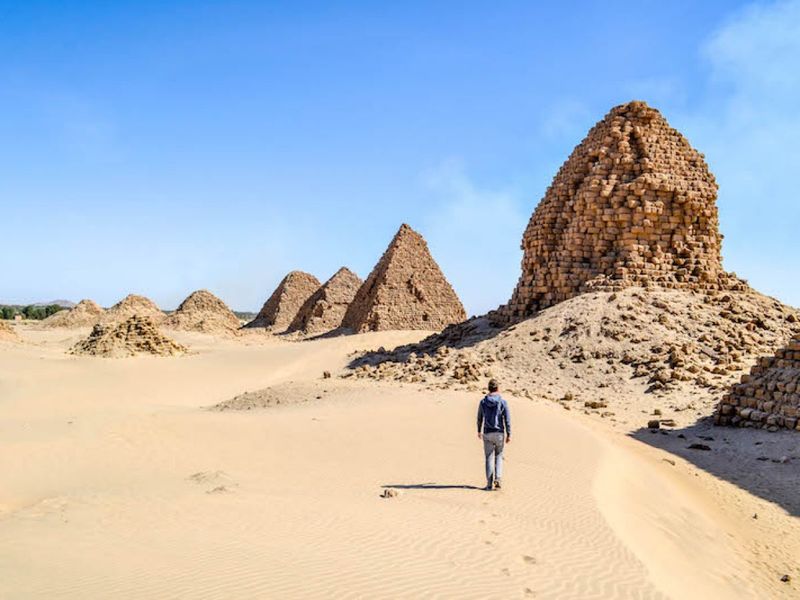
Civil unrest and anti-Western sentiment make Sudan extremely dangerous for American travelers. Political instability, economic collapse, and ethnic conflicts create multiple security threats throughout the country, especially for Western visitors.
Recent military coups disrupted what little tourism infrastructure existed, while diplomatic relations remain strained. Embassy services operate with severe limitations, leaving American citizens with minimal official support during emergencies.
Ancient Nubian pyramids and Nile confluence sites once attracted adventurous archaeologists, but ongoing violence and political chaos make Sudanese travel completely inadvisable for American passport holders seeking safe international experiences.
16. Somalia
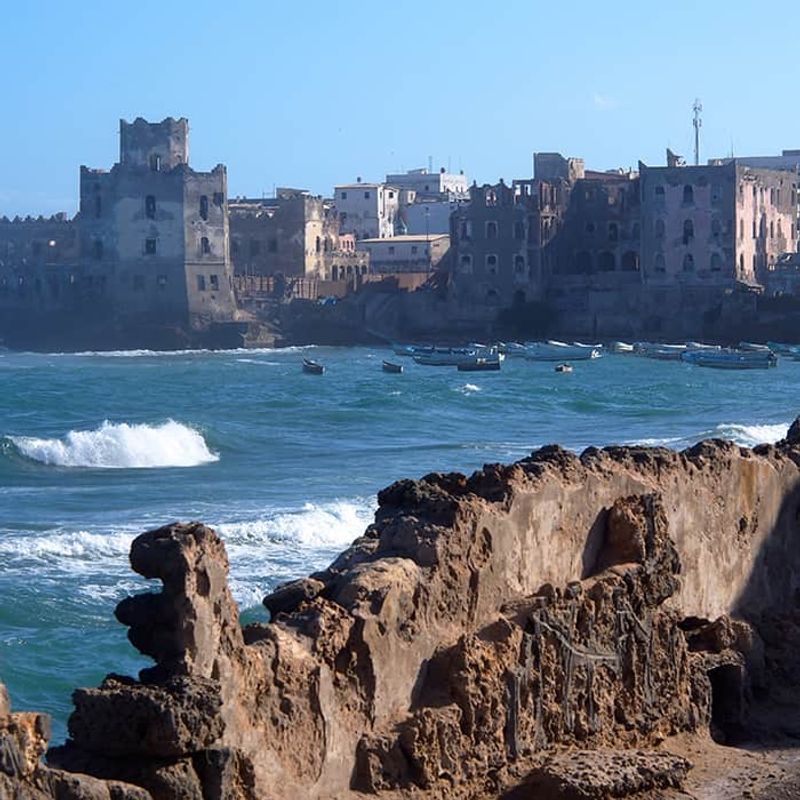
Terrorism threats and piracy risks make Somalia one of the most dangerous destinations on Earth for American travelers. Al-Shabaab militants specifically target Western visitors, while kidnapping for ransom remains a constant threat.
No functioning central government means basic services like healthcare, communications, and transportation remain unreliable or nonexistent. The U.S. maintains only essential diplomatic personnel in heavily fortified compounds.
Pristine beaches and unique culture once attracted brave adventurers, but ongoing security threats make Somali travel suitable only for essential government or humanitarian workers, never casual American tourists seeking vacation experiences.
17. Iraq (Outside Kurdistan)
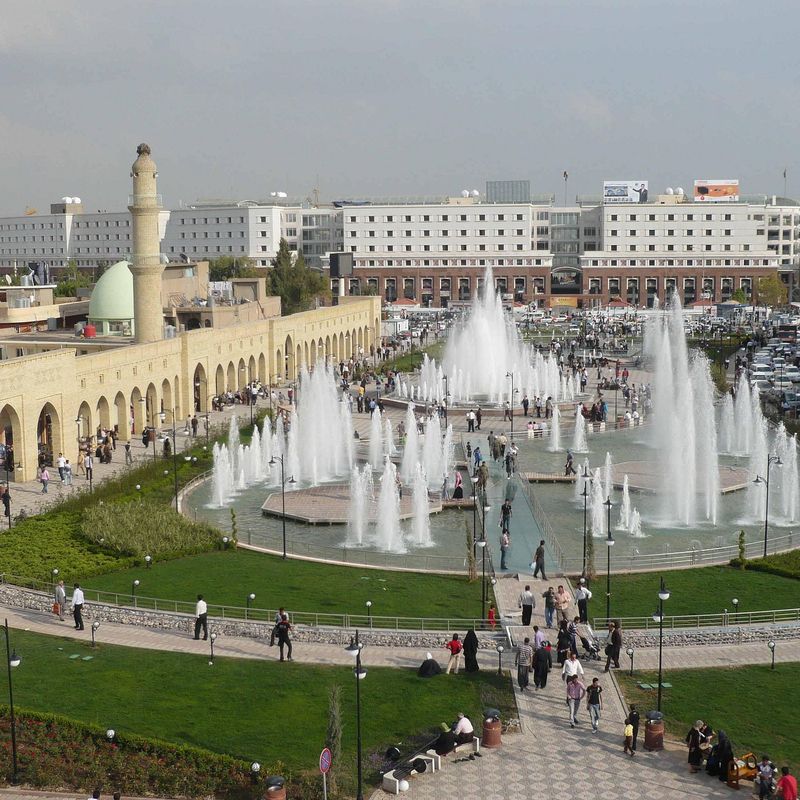
Security threats and targeted kidnappings make most of Iraq extremely dangerous for American civilians. ISIS remnants, sectarian violence, and anti-American militias create multiple layers of danger throughout central and southern regions.
Kurdistan offers relatively safer conditions with functioning tourism infrastructure, but the rest of Iraq remains highly volatile. American contractors and journalists face regular attacks, making casual tourism completely inadvisable.
Ancient Mesopotamian sites like Babylon fascinate history buffs, but ongoing instability makes Iraqi travel suitable only for essential personnel with extensive security arrangements, never independent American tourists seeking cultural experiences.
18. Pakistan
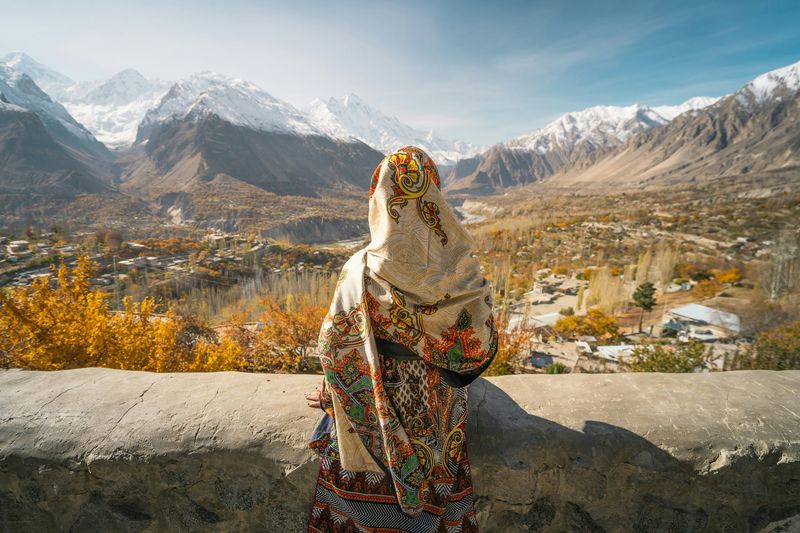
Complicated visa processes and anti-American sentiment in certain regions make Pakistani travel challenging for U.S. citizens. Terrorist groups specifically target Western visitors, while kidnapping risks remain elevated outside major urban centers.
Americans can visit Pakistan, but extensive security precautions become necessary beyond Islamabad and Karachi. Rural areas and border regions pose particular dangers, while cultural misunderstandings can create uncomfortable or dangerous situations.
K2 base camps and ancient Gandhara sites attract adventurous travelers, but Pakistan’s security challenges make visits risky for American passport holders without extensive local knowledge and professional security arrangements throughout their stay.
19. Belarus
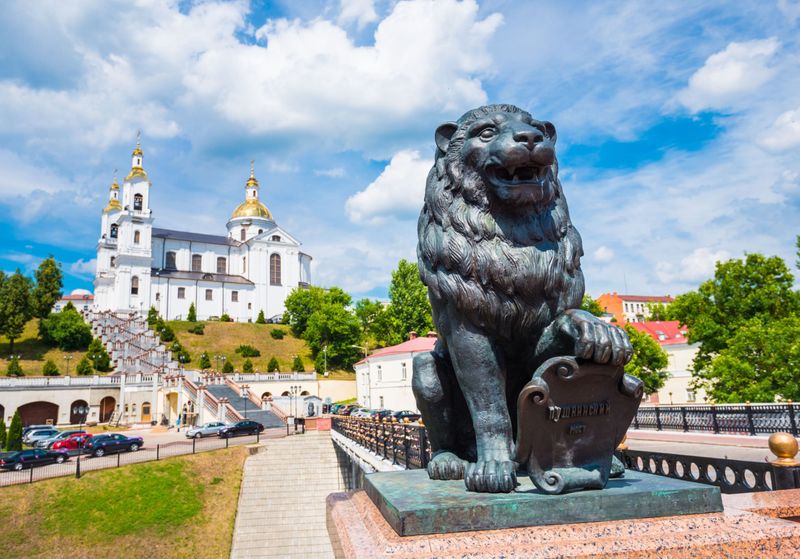
U.S. sanctions and political tensions following the 2020 election protests made Belarus increasingly hostile toward American visitors. The authoritarian government views Western tourists with suspicion, while arbitrary detention risks have increased significantly.
Visa hurdles and surveillance concerns make Belarusian travel uncomfortable for Americans. Government monitoring of foreign visitors intensified, while internet restrictions and currency controls complicate basic travel logistics.
Soviet-era architecture and pristine forests offer unique experiences, but Belarus’s alliance with Russia and crackdown on dissent make American tourism increasingly risky and politically complicated in the current international environment.
20. Nauru
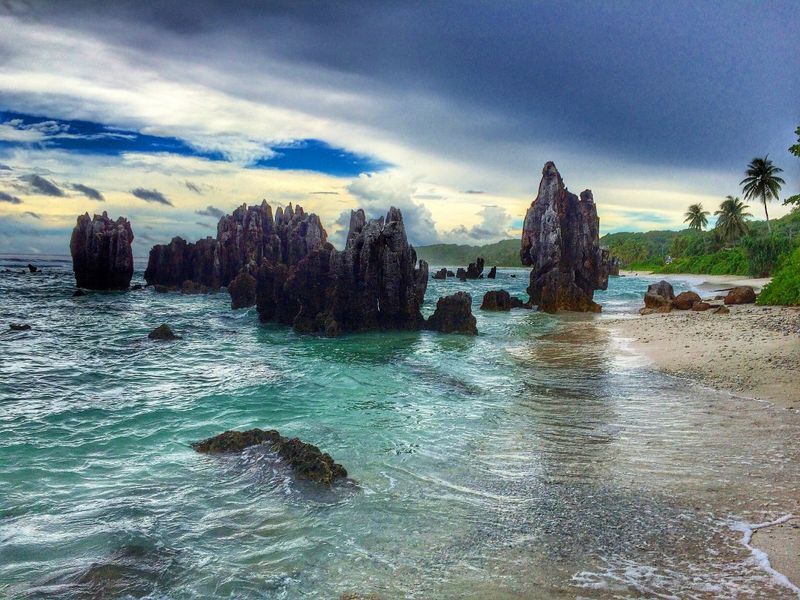
Nauru doesn’t hate Americans, but visiting this tiny Pacific island nation presents logistical nightmares that make tourism practically impossible. Limited flight connections, minimal accommodation options, and virtually no tourist infrastructure create significant barriers.
Only one airline serves Nauru with irregular schedules, while visa requirements and government approvals add bureaucratic complications. The island’s small size means few attractions beyond phosphate mining scars and refugee detention facilities.
Pacific isolation and unique Micronesian culture might intrigue adventurous travelers, but Nauru’s inaccessibility makes visits extremely difficult and expensive for American passport holders seeking convenient international travel experiences with reliable logistics.

